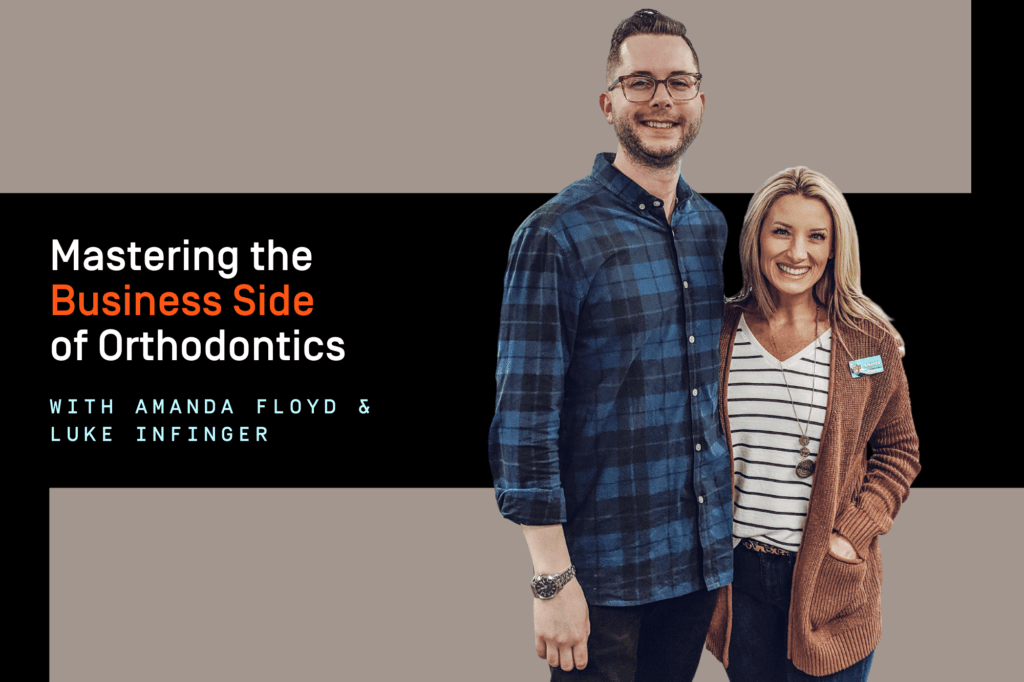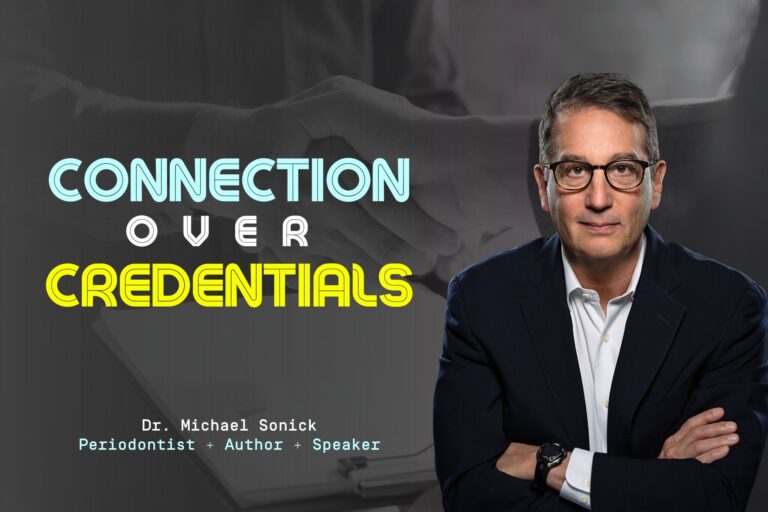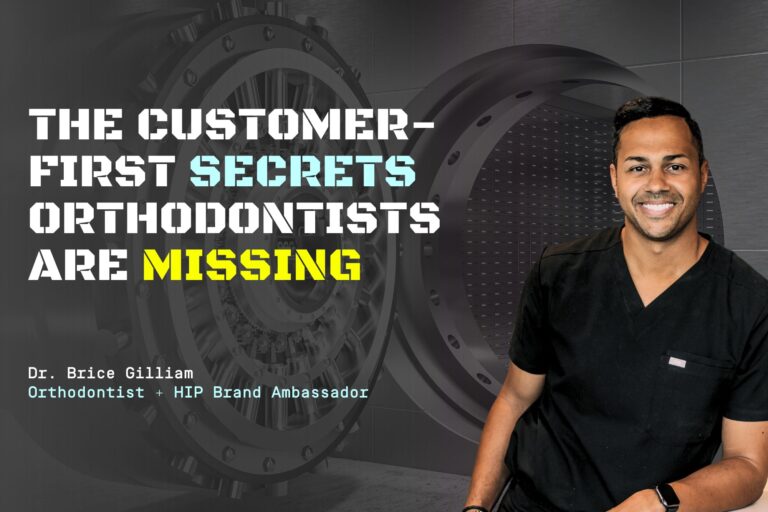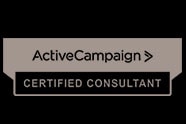Subscribe: RSS
DISCLAIMER: This is an old interview from several years ago. While some of the information is dated in terms of size and scale, the foundations that Amanda shares are still very relevant and applicable today!
In our latest episode of the GrowOrtho podcast, we have the pleasure of speaking with Amanda Floyd, COO of Fishbein Orthodontics. Amanda has been in the orthodontic industry for 20 years and started with Fishbein in 2012 as a Treatment Coordinator (TC). Tune in to hear what Amanda has to say about:
- Fishbein Fundamentals
- What sparked the major change that transformed Fishbein Orthodontics into one of the nation’s leading and fastest-growing practices
- How doctors might actually be stunting their practices’ growth by spending more face-to-face time with patients
- The importance of having specialists within your practice who can truly “own their role”
- A typical day for Amanda as COO
- Her team’s strategy for building, implementing, and modifying systems
- Fishbein’s “Statement of Work”
- Why Amanda says they always hire at entry level and promote from within (and how this relates to leadership)
- How the Fishbein culture developed (and yes—it really is that different)
- How the Fishbein organization achieved over 90% staff retention—and why Amanda considers it a good thing to be overstaffed
- The top numbers and stats that the Fishbein team pays attention to—and the ones they don’t
- How the company became a leader in same-day starts
- A reintroduction to a key Fishbein principle: “options are obstacles”
- What the Doctor and COO relationship should look like in an orthodontics practice
“How are you creating this rapid growth?”
Amanda and her team at Fishbein Orthodontics are asked this question constantly by their peers and colleagues. The question was also the inspiration of their innovative program, Fishbein Fundamentals, a twice-per-year (and virtually always sold out) intensive course that helps them teach other doctors how to take their practice from good to great. By streamlining their educational offers with biannual courses, Amanda has also found that they freed up a lot of their time—important because they’re still seeing patients every day.
Of course, how they see patients today (and how many) is very different from how it was just five to 10 years ago. Starting as a “boutique practice” when Dr. Ben first bought the company, Fishbein Orthodontics used to see about 30 patients per day. Of those, only four were new patients, and each got a two-hour consult.
Then Dr. Ben came in. He, Amanda, and the rest of the team developed a business plan and a five-year goal for their practice—which they knocked out of the park in about 1.5 years. One major move that helped? Drastically shortening the amount of time that the doctor is present for the initial consult. Nowadays, Amanda says, the amount of face-to-face time that the doctor has with each patient during an initial consult has gone from two hours to less than two minutes.
Shocked? Amanda says it’s actually not unusual. “Most doctors will say that conversion rates go up the less time they spend in the [consult room],” she says. Sure, it’s important for the patients to meet the doctor—but the best use of a doctor’s time is actually putting their advanced training and skills to use (e.g., applying or removing brackets or Invisalign). Practices should capitalize on that, Amanda says.
In fact, she adds, managing a practice generally is “not the best use” of an orthodontist’s time—and with a busy orthodontist trying to run the show, it doesn’t make for a scalable business model, either. So, instead of forcing Dr. Ben to get comfortable running the business, the Fishbein team doubled down on their strengths by ensuring they had “layers of leadership” in each department who could feel empowered, aligned with the Fishbein culture, and well-respected by the team. The result? Their doctors don’t manage directly, everyone gets to own their role, and the business continues to grow exponentially.
Their growth has actually been so astronomical that you might wonder how Fishbein hasn’t caved under the growing pains. In addition to moving their doctors away from management roles, Amanda credits their sustainable and successful growth to things like:
- Creating a clear culture (Fishbein’s: upbeat, easy-going, and friendly)
- Same-day starts (which account for close to 60% of their starts)!
- Organized systems and checklists that improve workflow
- Clearly developed goals for each department (“People pay a lot more attention to what they know you’re paying attention to”)
- Financial transparency and flexible financing (but without giving patients a lot of options)
Ultimately, Amanda says that when it comes to helping your company grow, “there’s no real one thing. It’s just a bunch of little things that you figure out.” She says her team has made their fair share of mistakes, but they’ve certainly figured out what works for them… and are more than happy to help other practice leaders do the same.










